African spotscale barb - Barbus holotaenia
Scientific name: Barbus holotaenia
Common name: African spotscale barb
Family: Cyprinidae
Usual size in fish tanks: 9 - 12 cm (3.54 - 4.72 inch)
014
Recommended pH range: 6 - 6.5
Recommended water hardness: 4 - 12°N (71.43 - 214.29ppm)
0°C 32°F30°C 86°F
Recommended temperature range: 23 - 30 °C (73.4 - 86°F)
The way how these fish reproduce: Spawning
Where the species comes from: Africa
Temperament to its own species: peaceful
Temperament toward other fish species: peaceful
Usual place in the tank: Middle levels
Short Description
The African Spotscale Barb (Barbus holotaenia) is a peaceful and active freshwater fish native to Central Africa's river systems, such as the Congo and Ogowe. Known for their vibrant coloration, these fish truly stand out when displayed against dark substrates and backgrounds. They thrive in well-conditioned water and need a spacious tank with plenty of open swimming areas. Low, bushy plants and driftwood help soften the water and create a natural environment that mirrors their habitat.
Origin
Endemic to Central Africa, African Spotscale Barbs are found in river systems such as the Congo and Ogowe. These rivers are characterized by soft, slightly acidic water with a rich array of submerged vegetation, making it an ideal environment for this species.
Tank Requirements
African Spotscale Barbs require a tank of at least 150 liters (40 gallons) to provide ample swimming space. Maintain water temperatures between 23-30°C (73.4-86°F), a pH of 6-6.5, and water hardness of 4-12°N (71.43-214.29 ppm). Use fine sand or smooth gravel as substrate and decorate the tank with driftwood, low bushy plants, and some open areas for swimming. Ensure good filtration and water flow to replicate their natural riverine habitat, along with regular water changes to maintain pristine conditions.
Food
The African Spotscale Barb is carnivorous and primarily feeds on insects and larvae in the wild. In captivity, they can be fed a varied diet of high-quality pellets or flakes supplemented with live or frozen foods such as brine shrimp, bloodworms, and insect larvae. Feeding them twice daily in moderate portions will help maintain their health and coloration.
Compatibility
African Spotscale Barbs are peaceful and make excellent additions to community tanks. They can be housed with other non-aggressive fish of similar size, such as Congo Tetras, other barbs, or peaceful cichlids. Avoid keeping them with overly aggressive or significantly smaller species. Keeping them in groups of five or more will encourage natural schooling behavior and reduce stress.
Sexing
Sexual dimorphism is not well-documented in African Spotscale Barbs. Further observation and research may reveal subtle differences between males and females during breeding periods.
Breeding
Breeding African Spotscale Barbs in captivity is rare and challenging. In the wild, they are known to spawn during the rainy season, likely through egg scattering among plants or debris. Mimicking rainy season conditions by gradually lowering and raising water levels and providing soft, acidic water may encourage spawning. If breeding is successful, the eggs should be removed to a separate tank to prevent adults from eating them. Feed the fry infusoria or finely powdered fry food until they are large enough to consume larger items.
Lifespan
With proper care, African Spotscale Barbs can live for 5-7 years. Ensuring stable water parameters, a nutritious diet, and a stress-free environment is essential for their longevity.
Pictures
Bought by aqua-fish.net from jjphoto.dk.
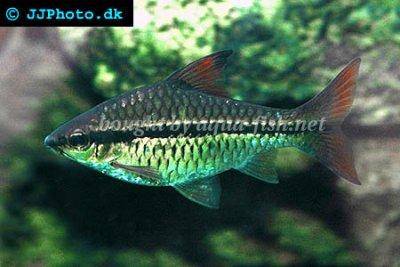


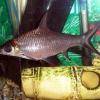 Bala
Bala 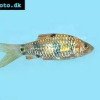 Spotted
Spotted 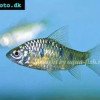 Golden
Golden 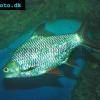 Tinfoil
Tinfoil 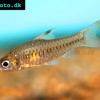 Congo
Congo 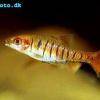 Blue-barred
Blue-barred 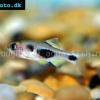 Butterfly
Butterfly 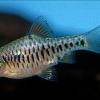 Olivegreen
Olivegreen 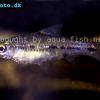 Morse
Morse 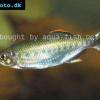 Jerdon’s
Jerdon’s 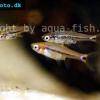 Mosquito
Mosquito 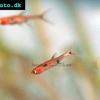 Dwarf
Dwarf 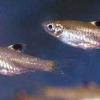 Eyespot
Eyespot 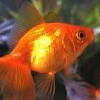 Goldfish
Goldfish 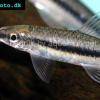 Penguin
Penguin 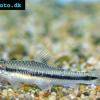 Siamese
Siamese 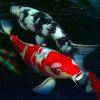 Koi
Koi 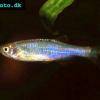 Pearl
Pearl 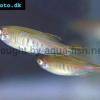 Glowlight
Glowlight 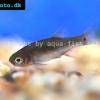 Crossbanded
Crossbanded 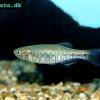 Yoma
Yoma 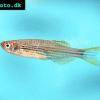 Orange
Orange 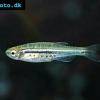 Dwarf
Dwarf 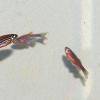 Zebra
Zebra 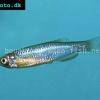 Rose
Rose 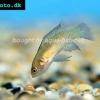 Red
Red 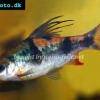 Arulius
Arulius 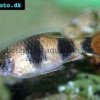 Tambraparni
Tambraparni 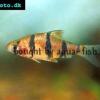 Fiveband
Fiveband 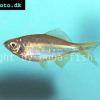 Bengal
Bengal 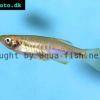 Tiger
Tiger 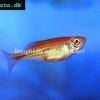 Malabar
Malabar 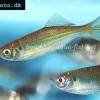 Queen
Queen 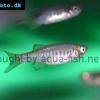 Hora
Hora 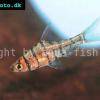 False
False 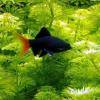 Redtail
Redtail 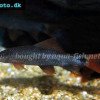 Rainbow
Rainbow 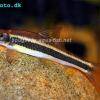 Flying
Flying 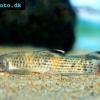 Garra
Garra 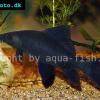 Black
Black 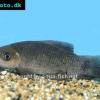 Purple
Purple 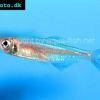 Burmese
Burmese 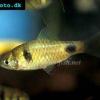 Dwarf
Dwarf 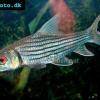 Isok
Isok 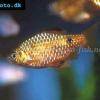 Rosy
Rosy 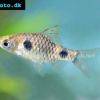 Two
Two 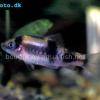 Melon
Melon 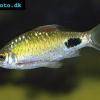 Black-spot
Black-spot 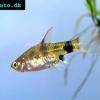 Golden
Golden 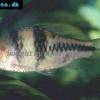 T-Barb
T-Barb 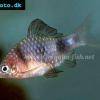 Ruby
Ruby 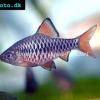 Checkered
Checkered  Rhomb
Rhomb 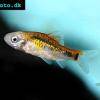 Gold
Gold 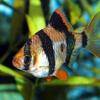 Tiger
Tiger 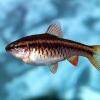 Cherry
Cherry 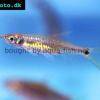 Brittan’s
Brittan’s 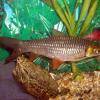 Greater
Greater 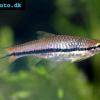 Long-band
Long-band 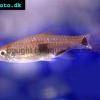 Twospot
Twospot  Reticulate
Reticulate 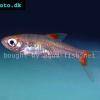 Cherry
Cherry 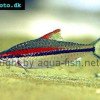 Denison
Denison 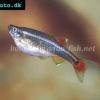 White
White 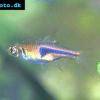 Lambchop
Lambchop 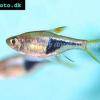 Harlequin
Harlequin